MVP in software development: Its necessity and ways to approach
“The Minimum Viable Product (MVP) is that version of a new product which allows a team to collect the maximum amount of validated learning about customers with the least effort.’’ says Eric Ries an American entrepreneur.
MVP or Minimum Viable Product in software development is a concept that enables developers to develop a product with minimal resources and features without sacrificing precision and performance. It is a way of developing minimum-quality software or products through successive iterations and enhancements. It is a way of showcasing a product’s features and potential in the shortest amount of time and with the least amount of resources. In summary, MVP allows developers to develop a product with minimal resources while still delivering the expected features.
Is MVP necessary for software development?
MVP is a development strategy that involves creating a basic version of a product with a minimum set of features in order to quickly gather feedback and validate assumptions. While not mandatory in all cases, an MVP can be highly beneficial in software development for several reasons:
- Early feedback and validation: By releasing an MVP to users or stakeholders, you can gather valuable feedback and insights early in the development process. This feedback helps validate assumptions, identify potential improvements, and align the product with user needs.
- Cost and time efficiency: Building a full-featured product from the start can be time-consuming and expensive. Developing an MVP allows you to focus on the core functionality, reducing development time and costs. This approach helps allocate resources effectively and ensures that the effort is directed towards essential features.
- Risk reduction: By releasing an MVP, you can mitigate the risk of investing significant resources into a product that may not meet user expectations or market demands. The early feedback from the MVP helps identify and address potential issues, reducing the risk of building a product that fails to gain traction.
- Iterative development and continuous improvement: An MVP provides a starting point for an iterative development process. By releasing the minimum set of features, you can learn from user feedback and prioritize enhancements based on actual user needs. This iterative approach allows for continuous improvement and helps build a product that resonates with users.
- Early market entry and competitive advantage: Launching an MVP enables you to enter the market early, gaining a competitive edge. By delivering a basic version of the product quickly, you can start gathering users, building a user base, and establishing a market presence. This early entry allows you to learn from user interactions, adapt to market conditions, and refine your product strategy.
While an MVP is not mandatory in all cases, it is often a recommended approach, particularly for startups, new product launches, and projects with high uncertainties. However, the decision to create an MVP should consider factors such as the complexity of the product, user expectations, time-to-market considerations, and available resources.
Stages For Building A Software-Based MVP
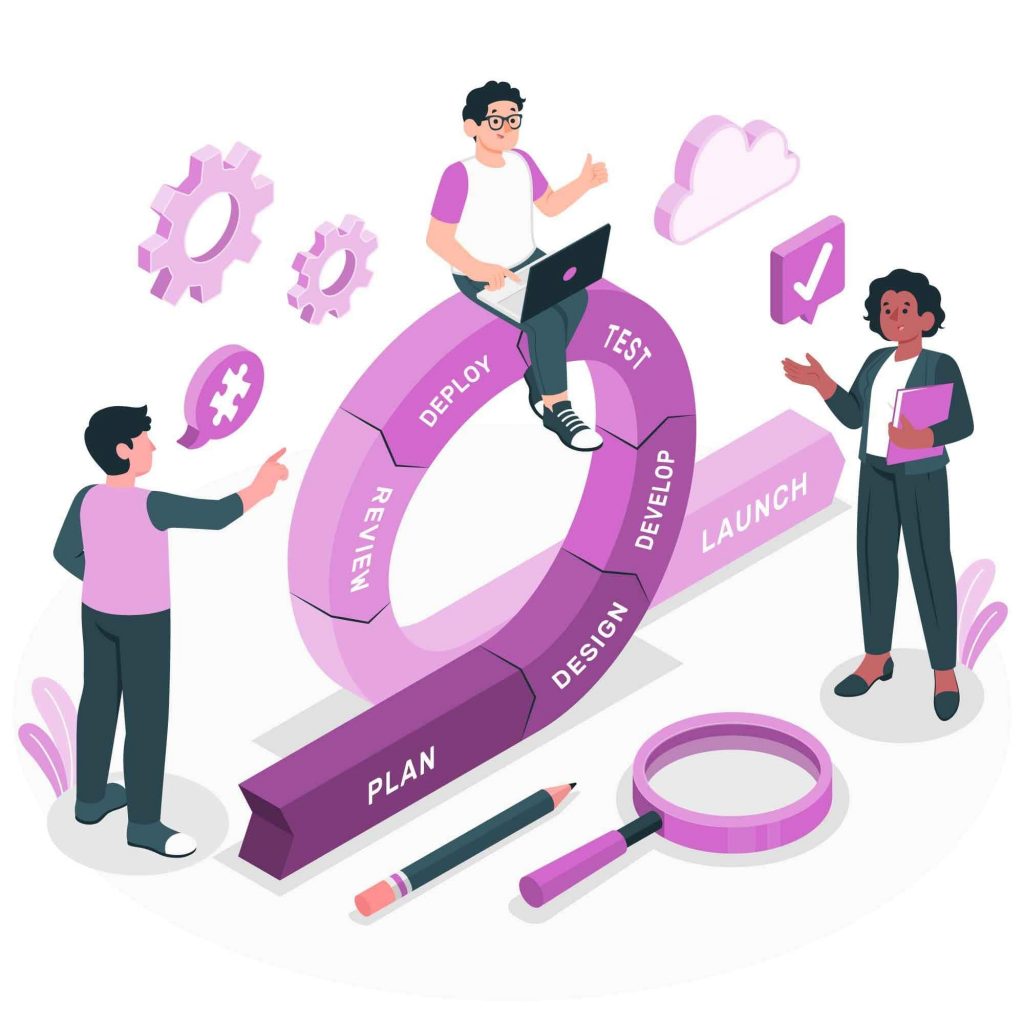
Building a software-based MVP typically involves the following stages:
- Idea validation: Validate your product idea by conducting market research, identifying target users, and understanding their pain points. Determine if there is a viable market for your product and if it aligns with your business goals.
- Define core features: Identify the core features that are essential for the initial version of your product. These features should address the main problem or need of your target users and provide the most value.
- Design and prototyping: Create wireframes, mockups, or prototypes to visualize the user interface and user experience of your MVP. This step helps you iterate on the design, gather early feedback, and refine the user interface before proceeding to development.
- Prioritize and plan: Prioritize the identified features and create a development plan or roadmap. Break down the development tasks into smaller, manageable units and estimate the effort required for each task. Consider the dependencies between features and adjust the plan accordingly.
- Development: Begin the actual development of your MVP based on the defined features and design. Follow an agile development approach, such as Scrum or Kanban, to iterate quickly and deliver incremental functionality. Focus on building the core features first, ensuring the product’s basic functionality is in place.
- Continuous integration and testing: Implement a continuous integration and testing process to ensure the quality and stability of your software. Automate tests to detect and fix issues early on, and integrate the feedback received from users or stakeholders.
- Iterative releases: Release your MVP in iterative increments to gather feedback and validate assumptions. Aim to release early and frequently, allowing users to interact with the product and provide valuable insights for further refinement.
- User feedback and iteration: Actively collect user feedback through user testing, surveys, or feedback channels. Analyze the feedback and iterate on the product based on the insights gained. Continuously refine and enhance the MVP to better meet user needs and address any identified issues.
- Performance optimization: Once the core functionality is in place, optimize the performance of your software. Identify potential bottlenecks or areas for improvement and implement optimizations to ensure a smooth user experience.
- Deployment and monitoring: Deploy your MVP to a production environment or a controlled user group. Monitor its performance, collect analytics data, and track user behavior to gain insights for future enhancements and feature prioritization.
Remember that an MVP is not a final product but a starting point for further development. It allows you to validate assumptions, gather feedback, and make informed decisions for future iterations or the development of a more comprehensive version of your software.
How To Get An MVP Faster In Software Development?
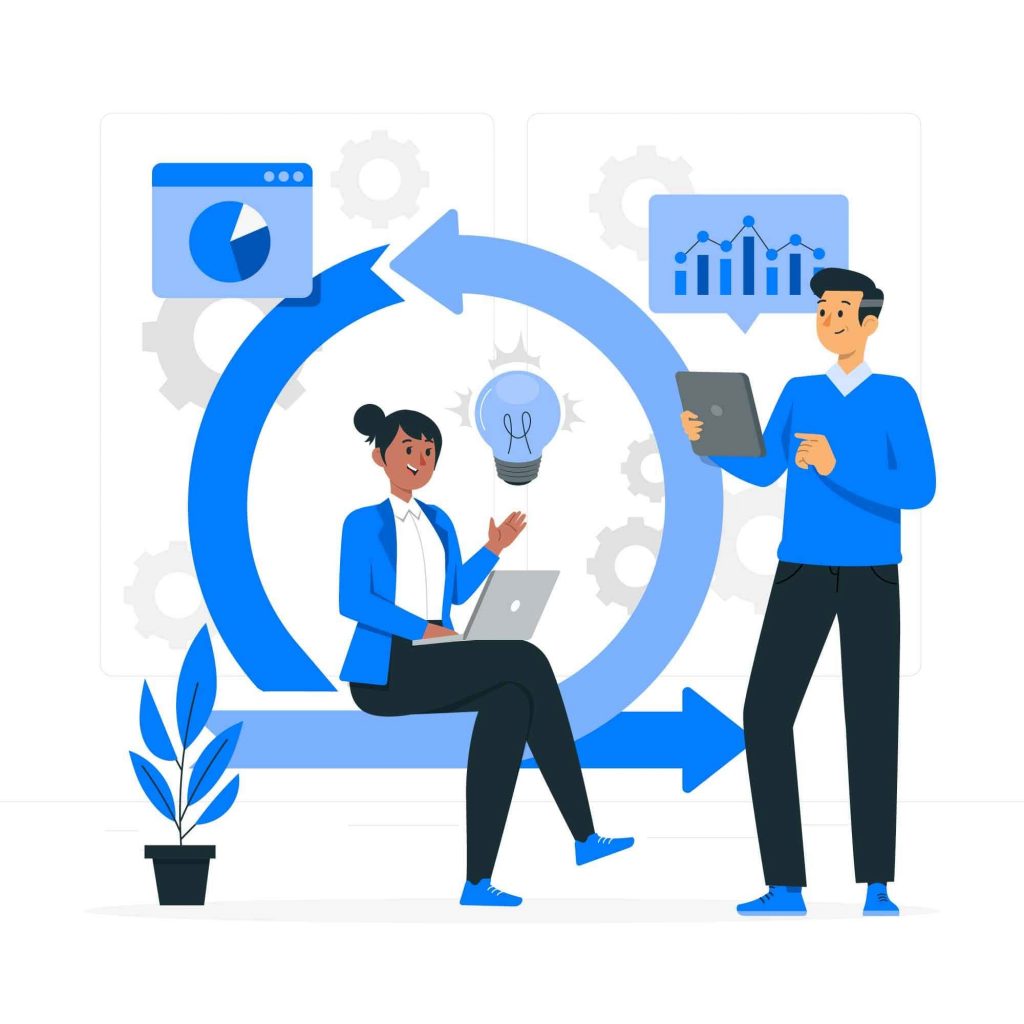
Identify the core features: Determine the essential features that are necessary for your product’s functionality and value proposition. Focus on the features that provide the most value to your target users and exclude any non-essential or secondary features.
- Prioritize and plan: Create a prioritized roadmap or backlog that outlines the order in which you will develop and implement the features. This ensures that you focus on the critical functionalities first and can quickly deliver a working product.
- Use existing tools and frameworks: Leverage existing tools, frameworks, and libraries to accelerate development. Open-source libraries, third-party APIs, and pre-built components can save time and effort by providing ready-made solutions for common functionalities.
- Agile development methodology: Adopt an agile development methodology, such as Scrum or Kanban, to promote iterative and incremental development. Agile methodologies emphasize collaboration, frequent feedback, and flexibility, which can help expedite the development process.
- Minimum viable design: Keep the design and user interface of your MVP minimal and functional. Avoid spending excessive time on elaborate designs or complex user interactions. Focus on usability and simplicity to deliver a functional product quickly.
- Rapid prototyping: Create quick prototypes or mockups to validate your product’s concept and gather early feedback. Prototypes allow you to test and refine ideas before investing significant development effort, saving time in the long run.
- Automate testing: Implement automated testing to ensure the quality and stability of your MVP. Automated testing frameworks can help you quickly identify and fix issues, reducing the time spent on manual testing and debugging.
- Continuous integration and deployment: Set up a continuous integration and deployment pipeline to automate the process of building, testing, and deploying your software. This streamlines the development workflow and allows for faster and more frequent releases.
- Agile team collaboration: Foster effective communication and collaboration within your development team. Encourage frequent discussions, stand-up meetings, and regular feedback sessions to ensure everyone is aligned and working efficiently towards the MVP goals.
- Outsource or leverage external resources: Consider outsourcing certain tasks or leveraging external resources when appropriate. This can help you tap into specialized expertise or augment your development team, enabling faster progress.
Remember, while speed is important, it’s also crucial to maintain a balance between speed and quality. Delivering an MVP quickly should not compromise the overall functionality, usability, or stability of the product. It’s essential to find the right balance and prioritize the features that will provide the most value to your users.
Skills Needed To Build A Software-based MVP
To build a software-based Minimum Viable Product or MVP, you would require a combination of technical and non-technical skills. Here are some of the key skills needed:
Technical Skills
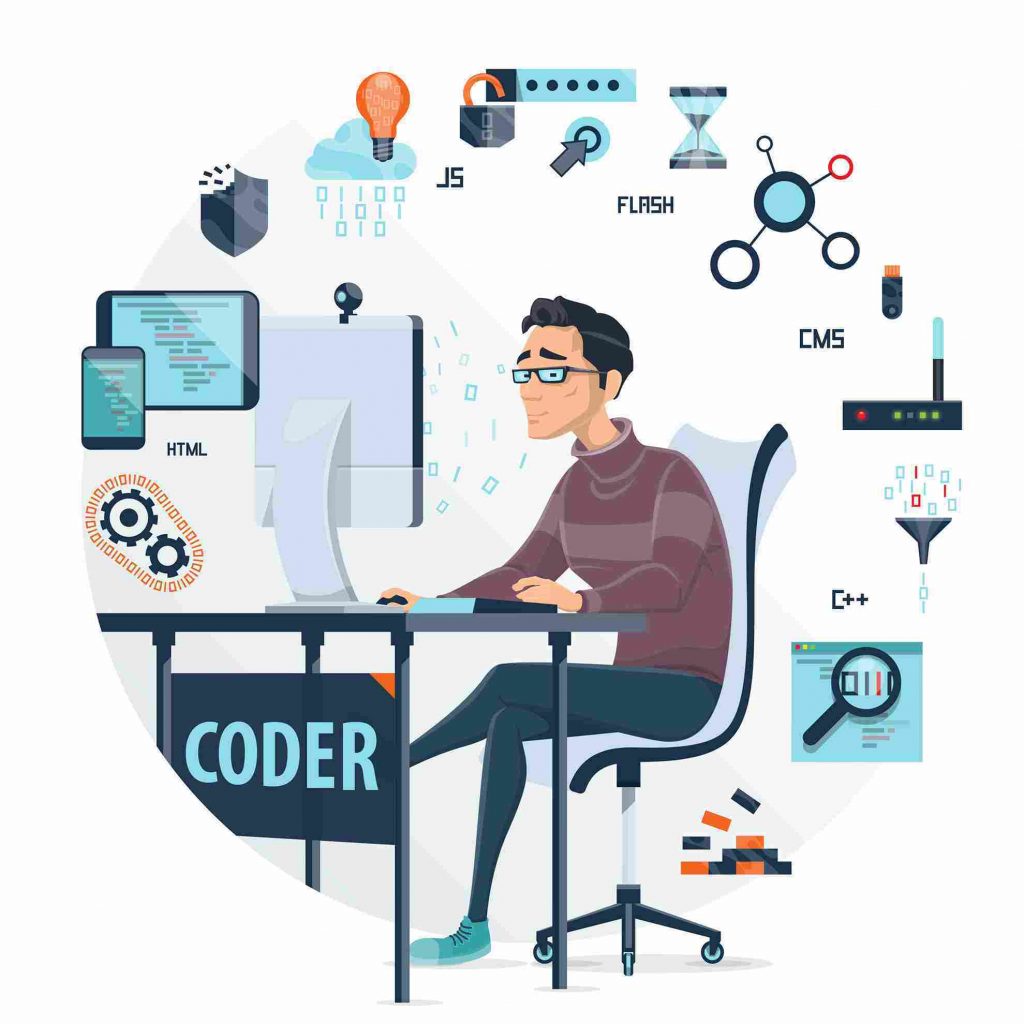
Make sure your content l isn’t too technical or complex for your viewers by using simple and concise language. Always use language that should be understood by everyone.
- Programming: Proficiency in one or more programming languages such as Python, JavaScript, Java, Ruby, or C# is crucial.
- Web Development: Knowledge of web development frameworks, such as Django, Ruby on Rails, or Node.js, to build web-based MVPs.
- Mobile Development: Familiarity with mobile development frameworks like React Native, Flutter, or Swift for creating mobile-based MVPs.
- Database Management: Understanding of database systems like MySQL, PostgreSQL, or MongoDB to store and retrieve data efficiently.
- APIs and Integrations: Experience in working with RESTful APIs or other integration mechanisms to connect different components of the MVP.
- Front-end Development: Proficiency in HTML, CSS, and JavaScript, along with knowledge of popular front-end frameworks like React or Angular, to create user interfaces.
Project Management Skills
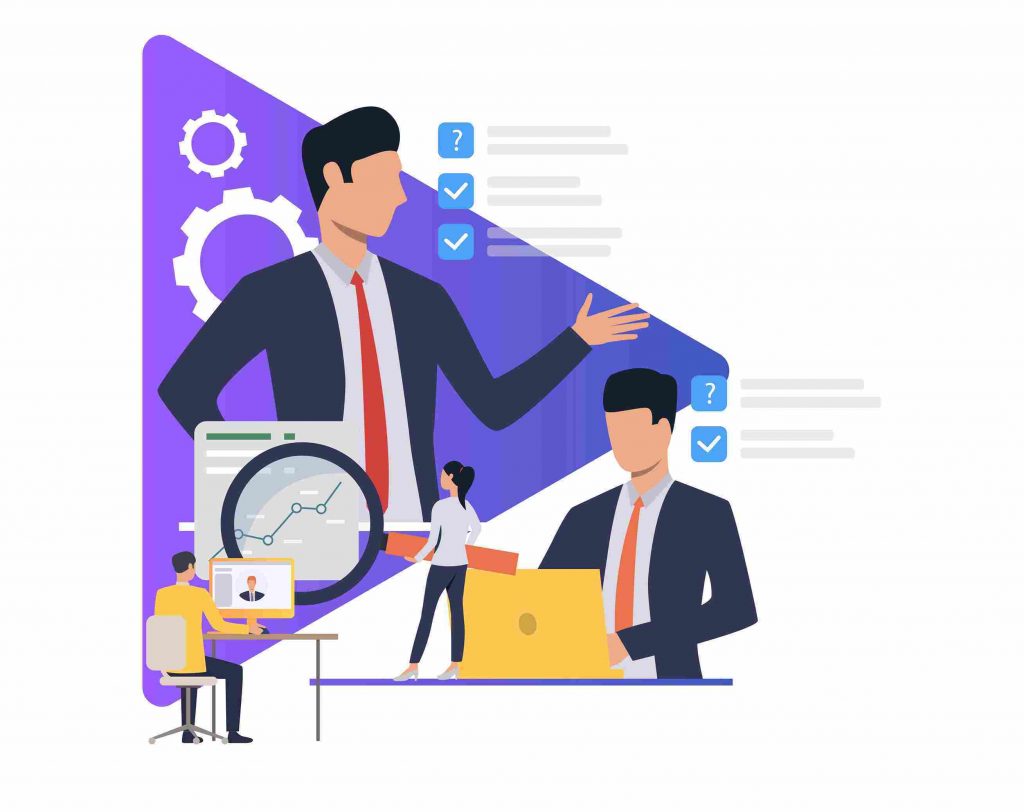
- Requirement Gathering: Ability to understand and document user requirements, translating them into actionable tasks.
- Agile Methodologies: Familiarity with Agile methodologies like Scrum or Kanban to plan and manage project tasks effectively.
- Task Prioritization: Skill in prioritizing tasks and managing project timelines to deliver the MVP within the defined scope and schedule.
- Communication: Excellent communication skills to interact with stakeholders, team members, and potential users, ensuring clear understanding and effective collaboration.
Design And User Experience (UX) Skills
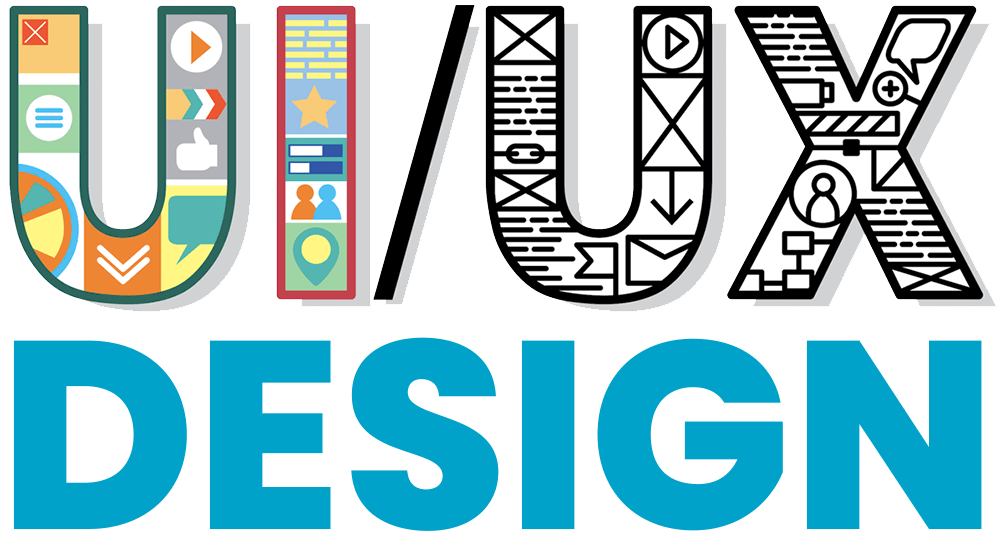
- User-Centric Design: Understanding of UX principles and the ability to design intuitive and user-friendly interfaces.
- Wireframing and Prototyping: Proficiency in tools like Sketch, Figma, or Adobe XD to create wireframes and interactive prototypes for testing and validation.
Testing And Quality Assurance
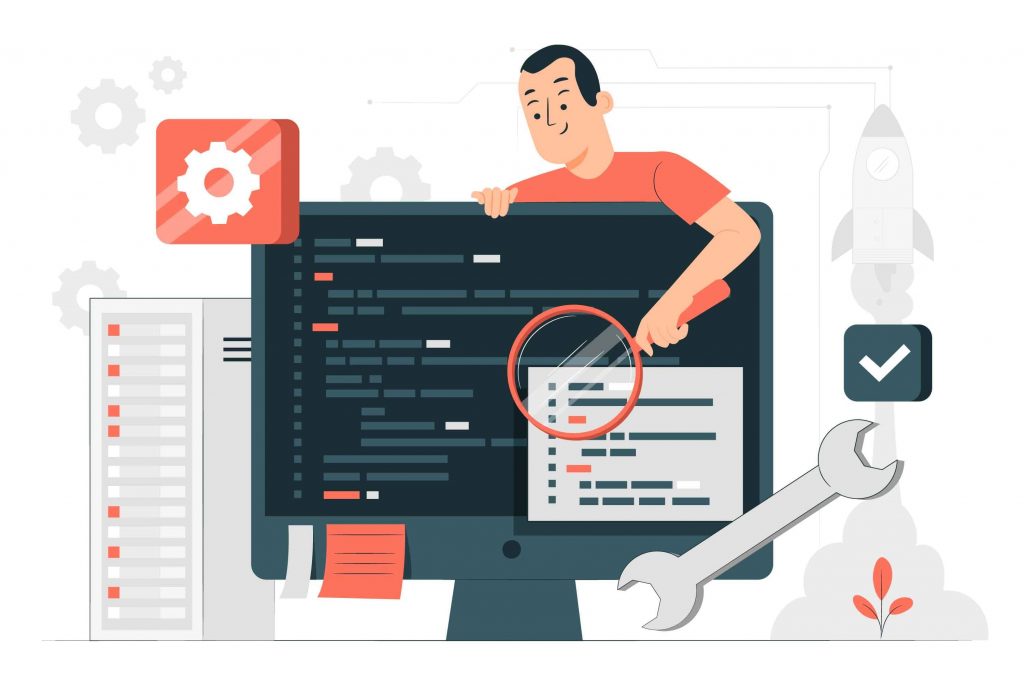
- Testing Strategies: Knowledge of different testing approaches like unit testing, integration testing, and user acceptance testing to ensure the quality and functionality of the MVP.
- Bug Tracking: Familiarity with bug tracking systems like Jira or Trello to identify, track, and resolve issues.
Business And Domain Knowledge
- Industry Understanding: Familiarity with the domain or industry in which the MVP is being developed, enabling better decision-making and understanding of user needs.
- Market Research: Ability to conduct market research and competitor analysis to validate the product idea and identify unique selling points.
Remember, this is not an exhaustive list, and the required skills may vary based on the specific nature of the MVP being developed.
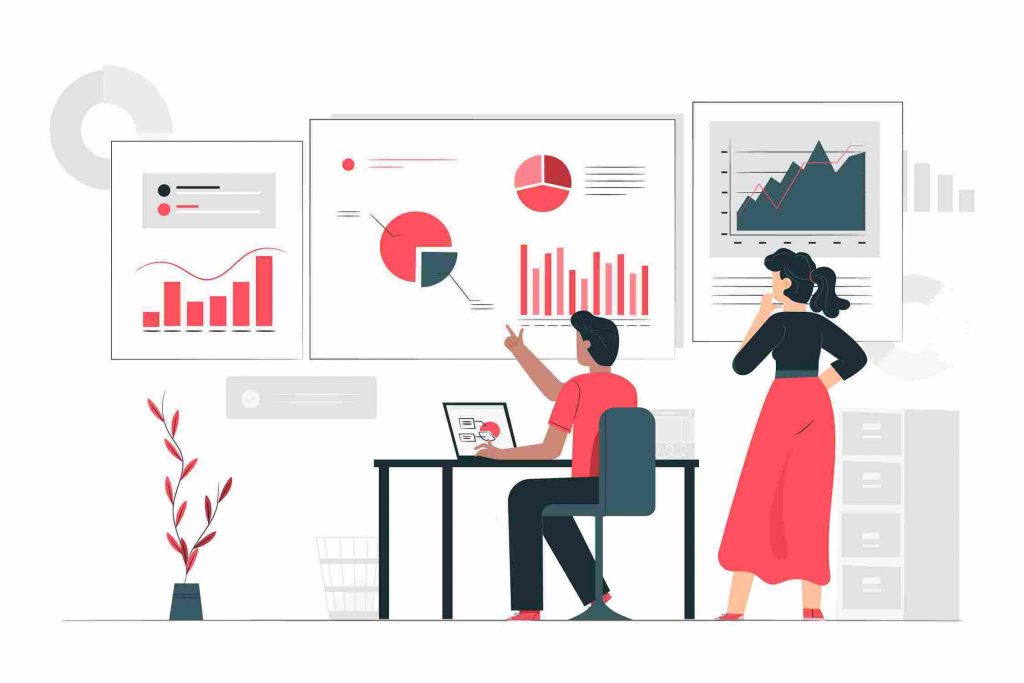
How Fegno Can Become A MVP Development Partner?
As a custom software development company, Fegno takes great delight in working closely with companies at every level of the software development process. Our staff is energized and prepared to take on any challenge to create practical and stylish solutions to enhance their everyday business operations.
By using an impenetrable strategy with MVP development services, we have helped numerous businesses provide great results based on past experiences and successful implementations.
Fegno, the firm with the fastest rate of growth in the digital transformation industry, is a strong candidate to be your MVP development partner.
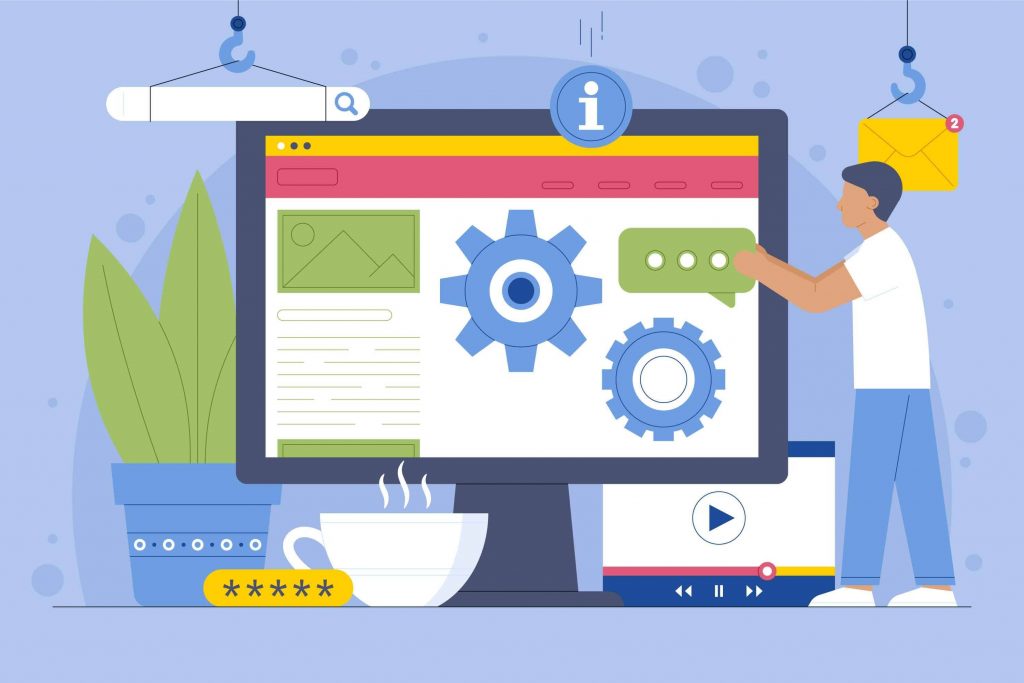

 Schedule An Appointment
Schedule An Appointment